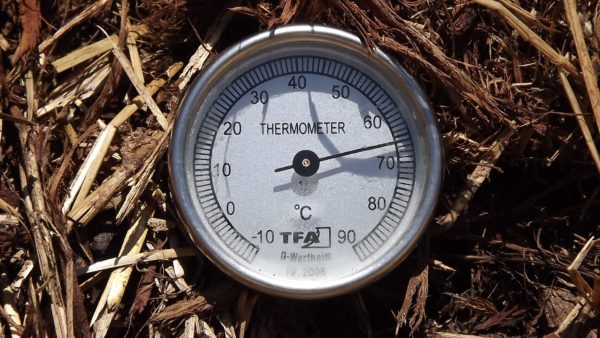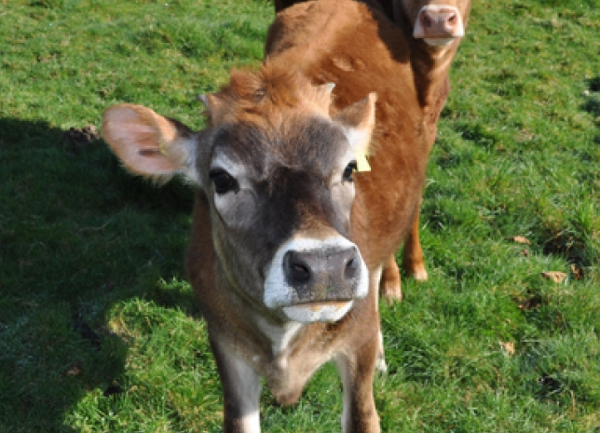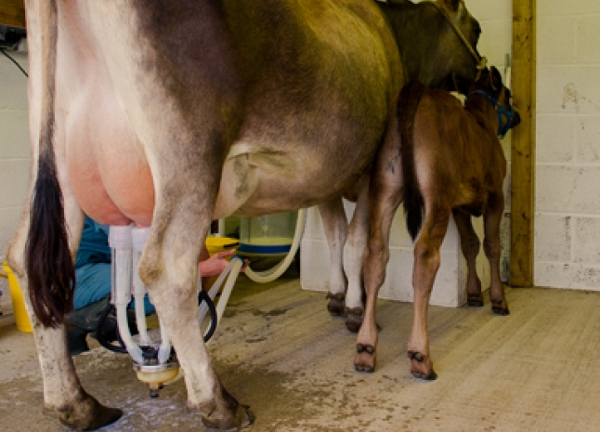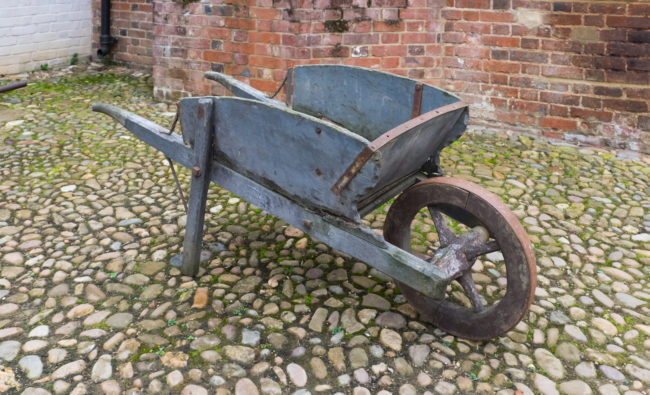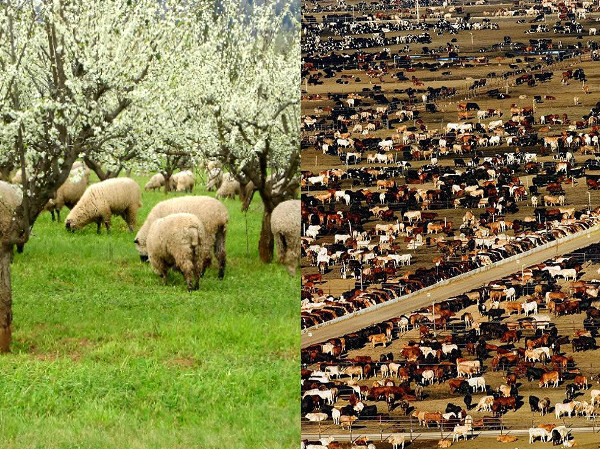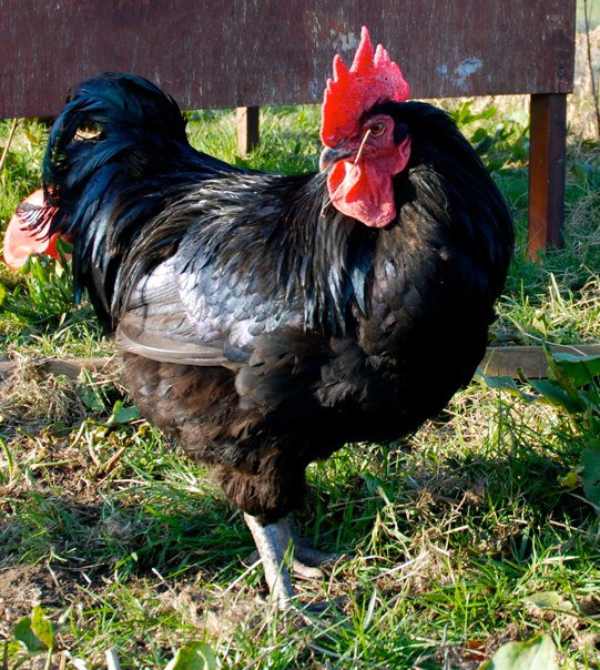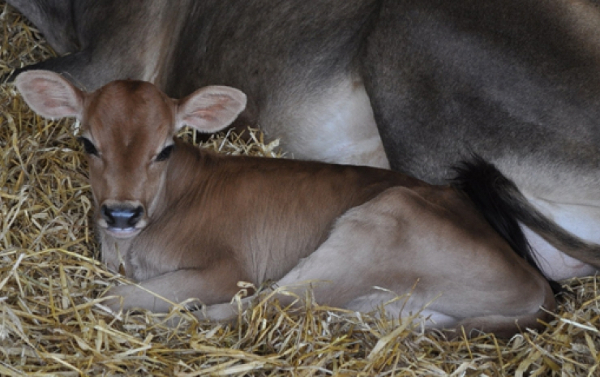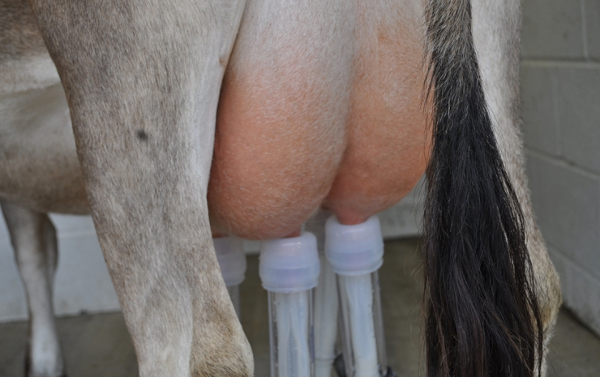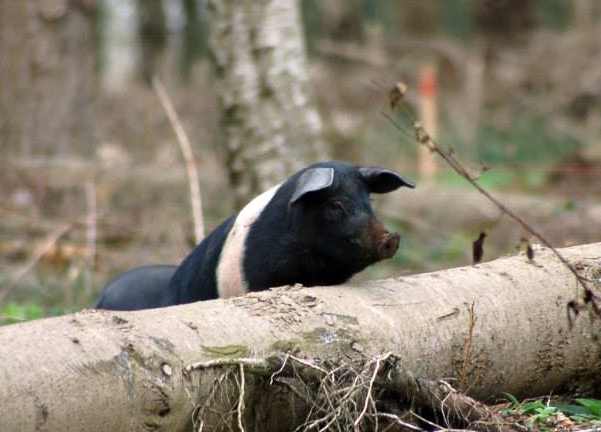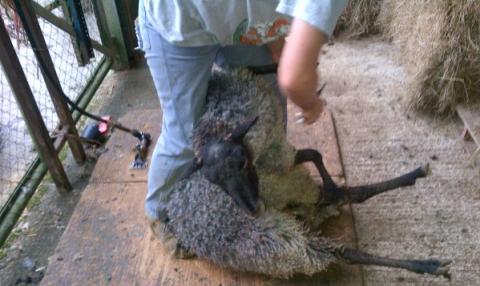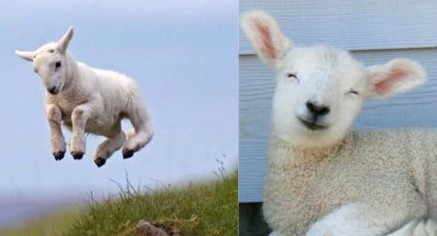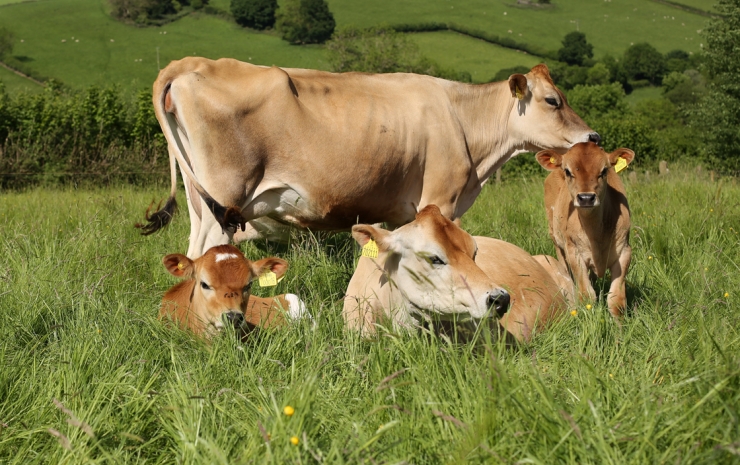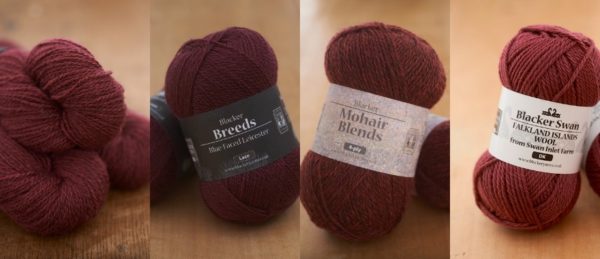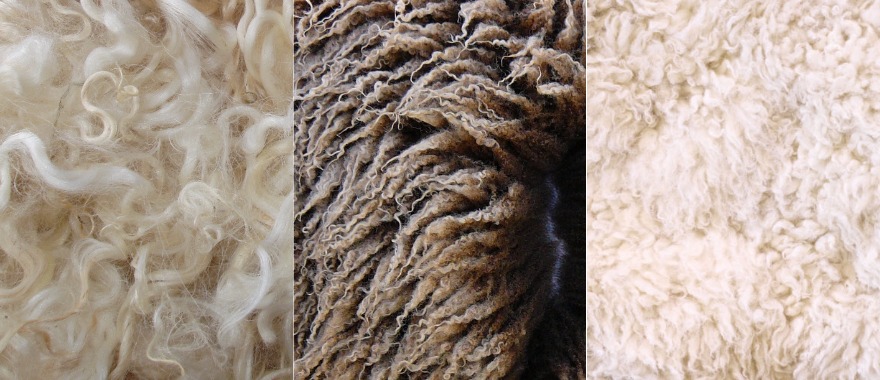How to get 500 hot showers from your compost heap!
I guess most people wonder what showers and compost have to do with each other, being showered with compost is probably not anyone’s idea of being cleaned. However there is a perfectly valid connection and it’s one we have been exploiting now for four years and to good effect. Read more
Cow-calf dairying part 8: weaning
This is the last in a series of posts about how to run a small dairy herd without separating the calves from their mothers. This final article is about preparing the cows and calves for a stress-free weaning. Read more
Cow-calf dairying part 7: introducing milking without the calf suckling
When a lamb or calf suckles, they bunt their mum’s udder with their heads to stimulate release of more milk. If you are share-milking, as a calf grows this bunting can quickly become so strong that it can easily knock the cluster off the other three teats. Read more
In praise of the wheelbarrow: low-impact transportation at its best?
Perhaps these days most commonly associated with the garden, there’s more to the humble wheelbarrow than you might think. Sophie Paterson explores its potential, past and present, as a low-impact form of transportation. Read more
Does the sustainability of meat production depend on the size of a holding and the number of animals kept on it?
I want to investigate at what size meat production becomes unsustainable (in terms of acreage, number of animals etc.) – i.e. whether it can be sustainable at all, and if so, whether there’s an upper limit, above which it can’t be sustainable Read more
Cow-calf dairying part 6: share milking
I have found that the first few days after a heifer has calved are critical when it comes to creating a positive association with feeding her calf and being milked by machine. Read more
Should you keep a rooster with your hens? (and how to deal with a problem rooster)
I prefer to keep my animals as naturally as possible to allow them to express their natural behaviour and reduce stress, so I have always kept a rooster with my hens. It is true that you do not need a cockerel or a rooster in your flock for your hens to lay eggs. So why… Continue reading Should you keep a rooster with your hens? (and how to deal with a problem rooster) Read more
Cow-calf dairying part 5: creating a bond and first milking
This is where we get to the nitty-gritty of cow-calf dairying, looking at creating a bond and the first milking; but it’s important that you have understood the whole series so far (see right or click here) before reading on, as much of what is covered here relates to points made before. Read more
What’s the best thing to do with the uplands, in terms of sustainability?
This is a question asked in an interesting debate on Facebook along the lines of uplands and their appropriate maintenance with regards to grazing. There are several fascinating projects and opinion pieces that were linked to Read more
Cow-calf dairying part 4: udder development
Welcome to part 4 of this series on cow-calf dairying, focusing on udder development. By now you will be starting to understand that keeping calves on dairy cows is a fine art; that it is a case of balancing the emotional and physical needs of both cow and calf; and why there are no set… Continue reading Cow-calf dairying part 4: udder development Read more
Using pigs for woodland conservation
At this year’s Scottish Smallholder Festival I attended a fascinating talk by Jack Flusk and Katie Swift of Conservation Pigs about their pioneering use of pigs for woodland conservation work. With benefits to the pigs, the pig keeper and the woodland this is a practice which could become far more widespread. Read more
Cow-calf dairying part 3: calf rumen development
Here, in part 3 of our series on dairying without removing calves from their mothers, we look at the importance of managing a calf’s nutrition in order to support the effective calf rumen development, essential to her long-term health and productivity. Read more
The Wool Journey Part 5: harvesting the wool
In The Wool Journey Part 5, Sue Blacker of Blacker Yarns and The Natural Fibre Company explains the process of harvesting wool with an in-depth look at sheep shearing. Read more
Is it ethical to eat meat, or to keep animals for meat or dairy?
This is a very important question for us here at Lowimpact.org, because we have courses, books, magazines, links etc on keeping animals and on game. We also have vegetarianism and veganism as topics – because we recognise the environmental benefits of eating less meat. Read more
Cow-calf dairying part 2: how cows produce and give milk, and why they need their calves
In this second post in the series from the Smiling Tree cow-calf dairy we focus on how milk is synthesised and, importantly for cow-calf dairying, what triggers the release or ‘let down’ process. Read more
The Wool Journey Part 4: wool attributes amongst breeds, natural colour and health
In The Wool Journey Part 4, Sonja Bargielowska of Blacker Yarns at The Natural Fibre Company considers wool attributes amongst breeds, natural colour and the importance of a healthy flock. Read more
Cow-calf dairying part 1: the difference between conventional and humanely-produced milk
This is the first in a series of articles looking at the practicalities of producing ethical, cruelty-free milk by allowing dairy cows to keep their calves. In this post we cover why conventional dairy cows don’t keep their calves and why humanely-produced milk using cow-calf dairying is rare and costs much more to produce. Read more
The Wool Journey Part 3: wool attributes – length, crimp and lustre
In the third of The Wool Journey installments based on an original post by Sonja Bargielowska at Blacker Yarns, The Natural Fibre Company leads us to consider length, crimp and lustre. Read more
The Wool Journey Part 2: wool attributes – thickness
In the second installment of The Wool Journey guest blog posts from Sue Blacker and colleagues at The Natural Fibre Company, we learn about a key attribute: thickness. Read more
How the study of animal behaviour (ethology) can help you keep livestock more ethically and sustainably
I want to talk about something which can help us design more ethical and sustainable ways of keeping our livestock. It is a subject that has always fascinated me and, if you keep animals, I think you will find it fascinating too. It is the is the study the behaviour of animals, particularly in their… Continue reading How the study of animal behaviour (ethology) can help you keep livestock more ethically and sustainably Read more
